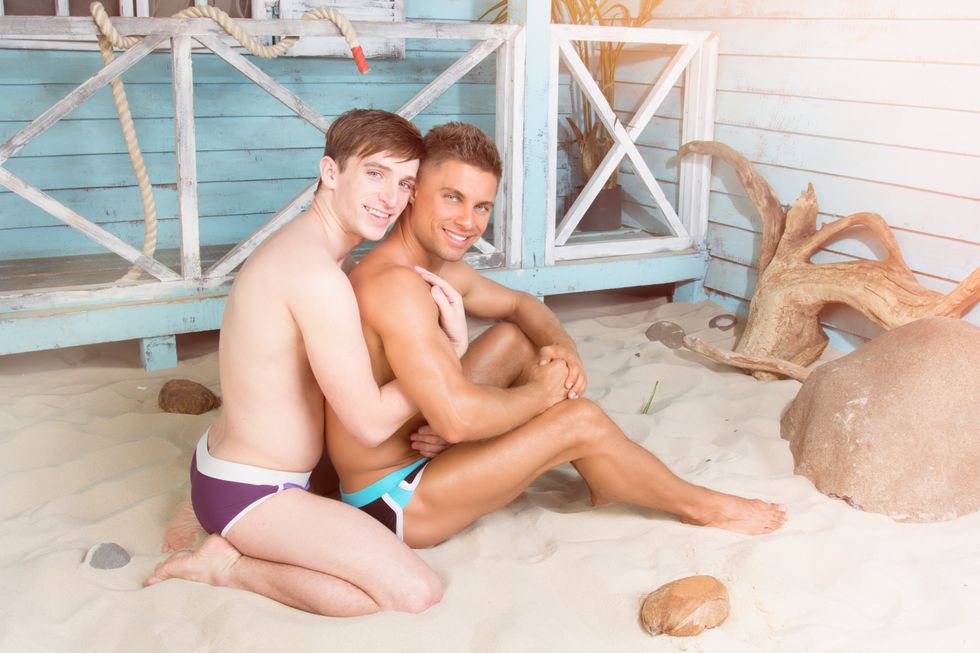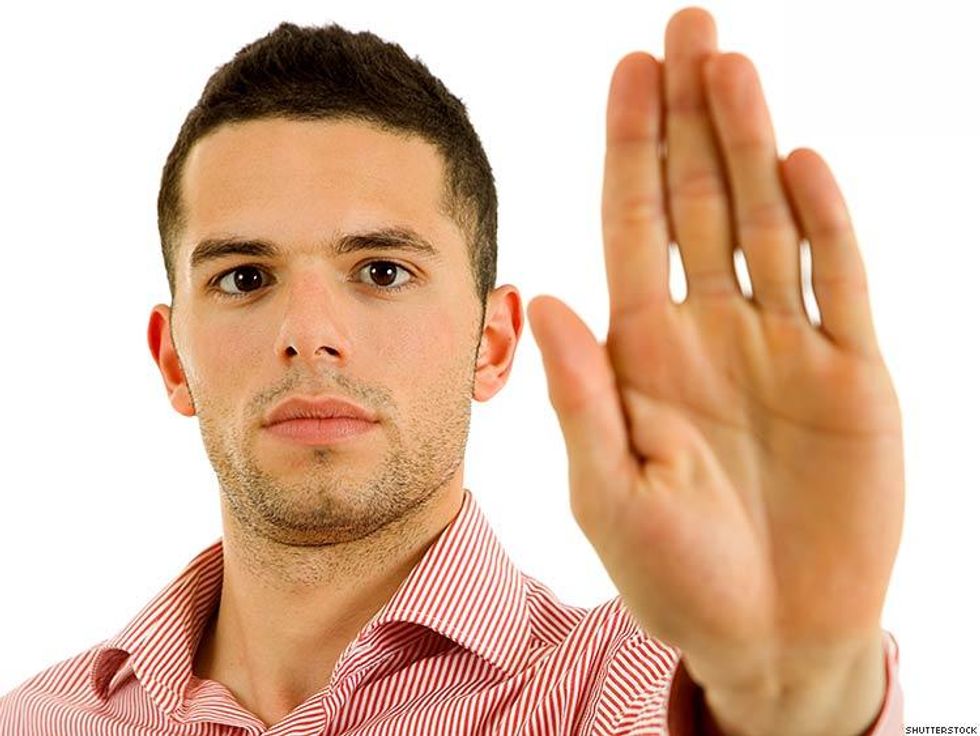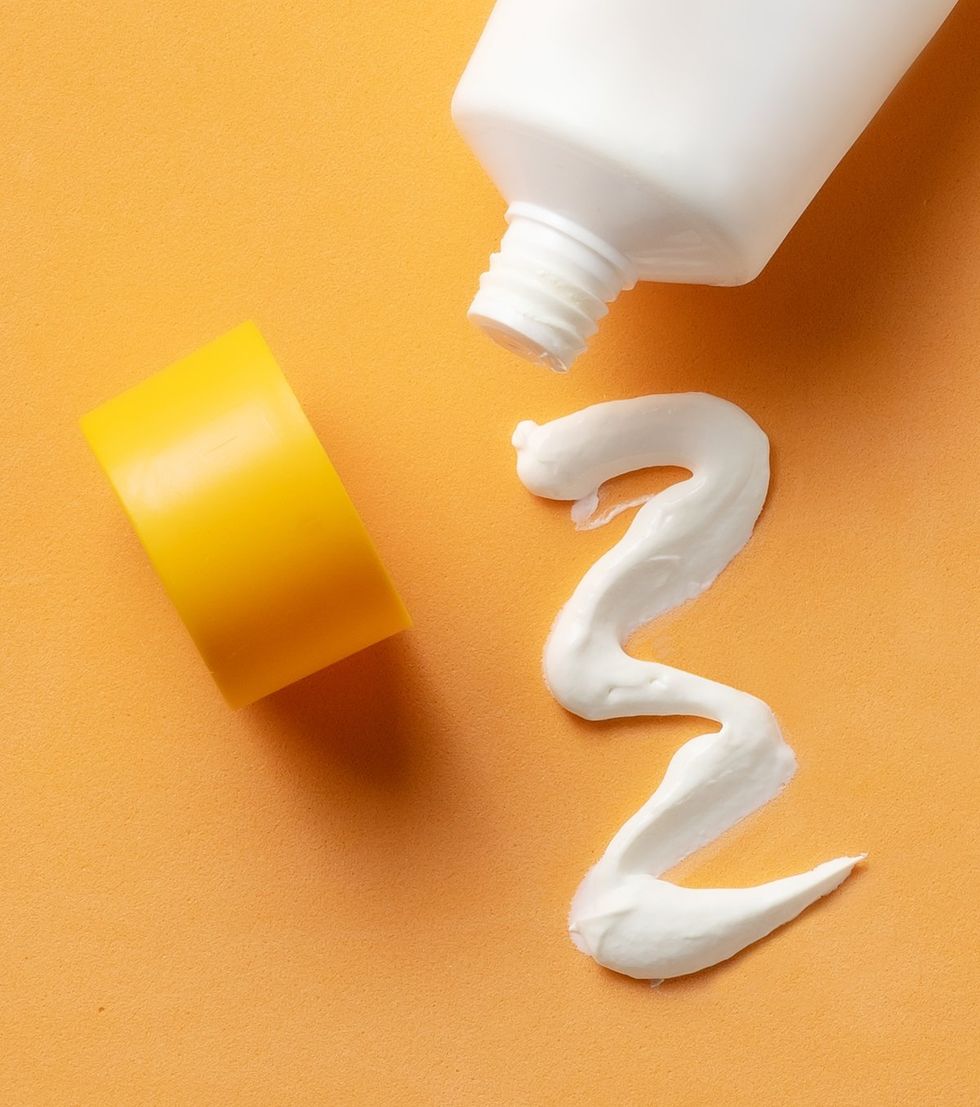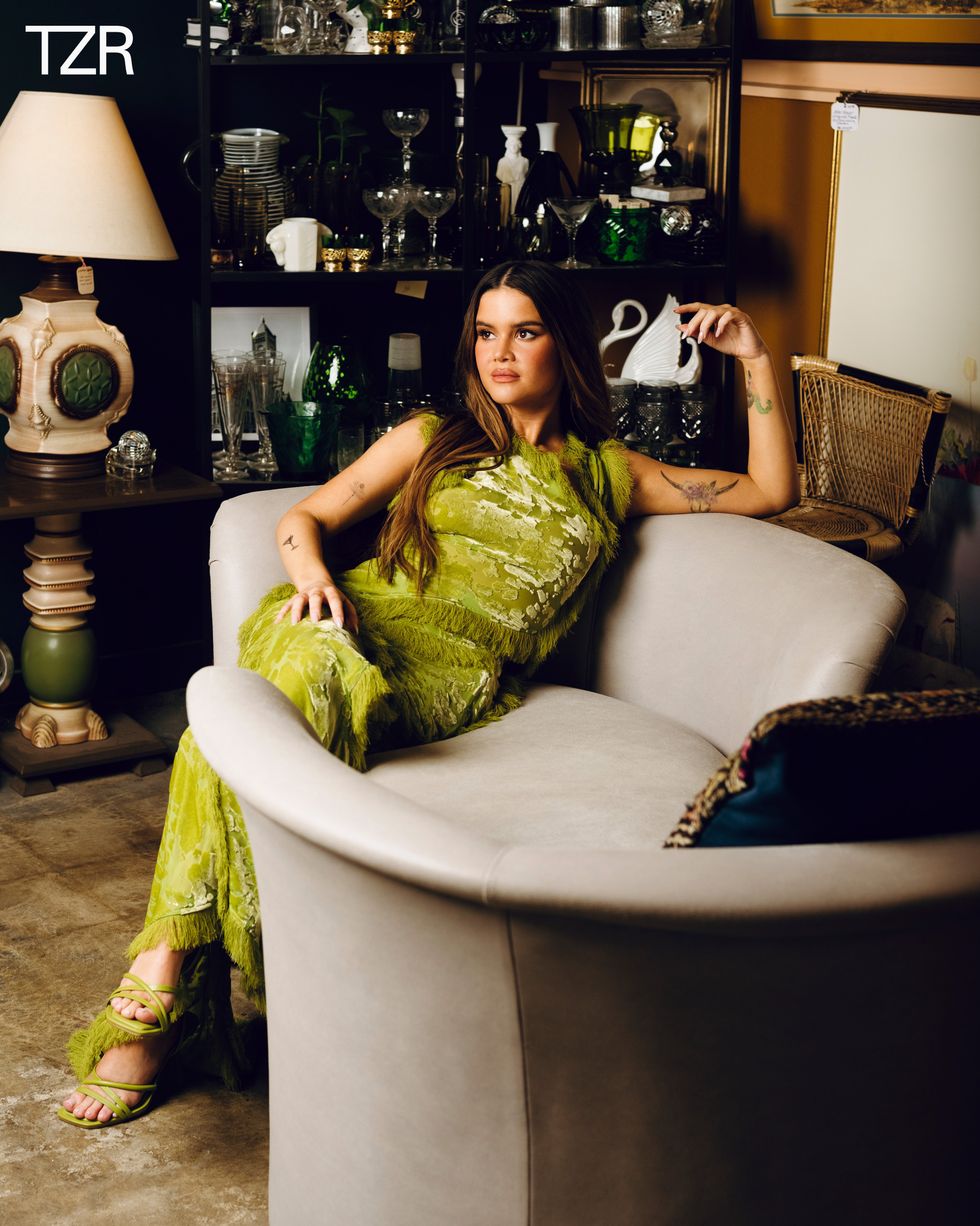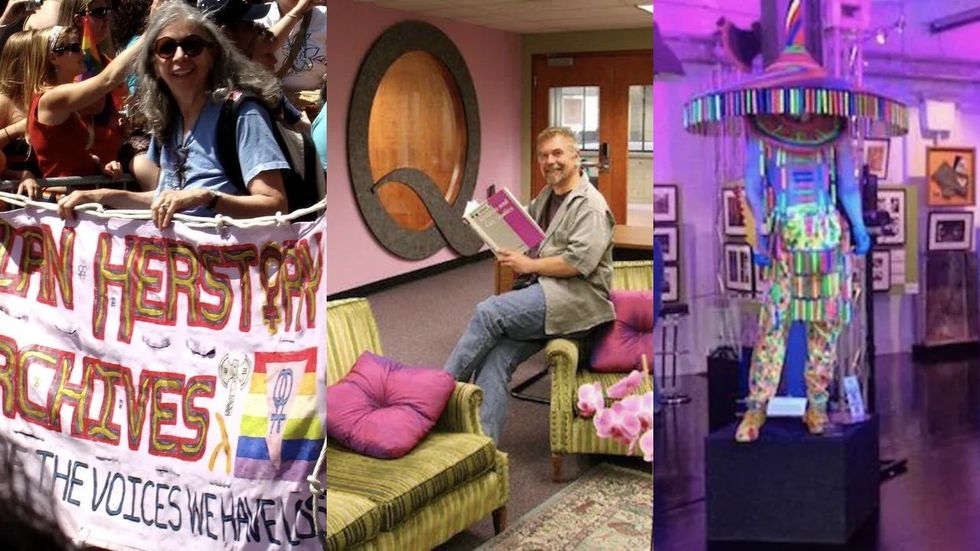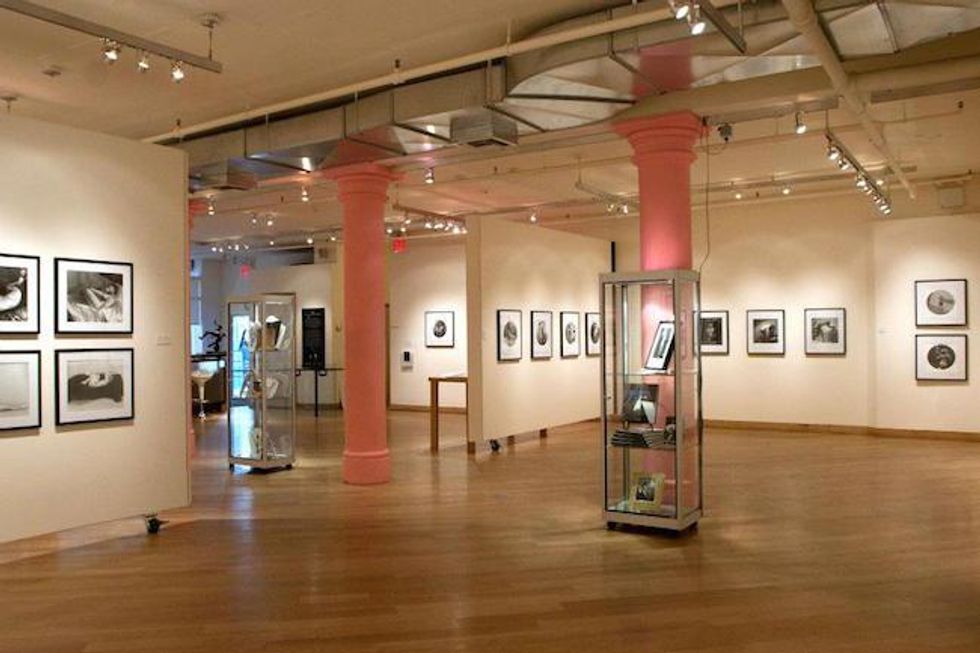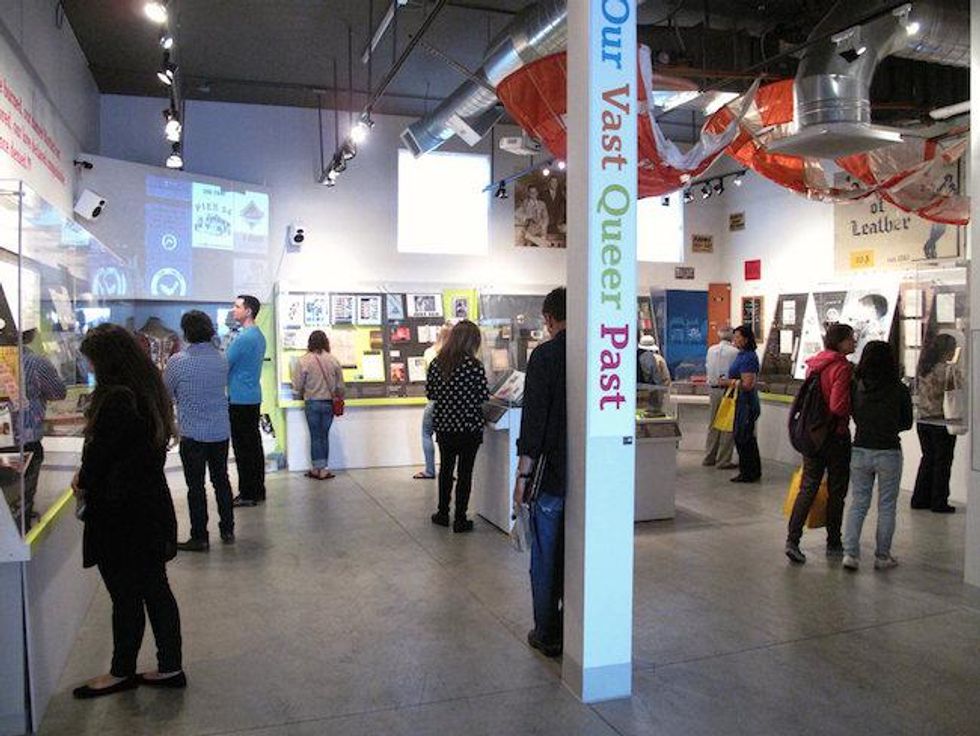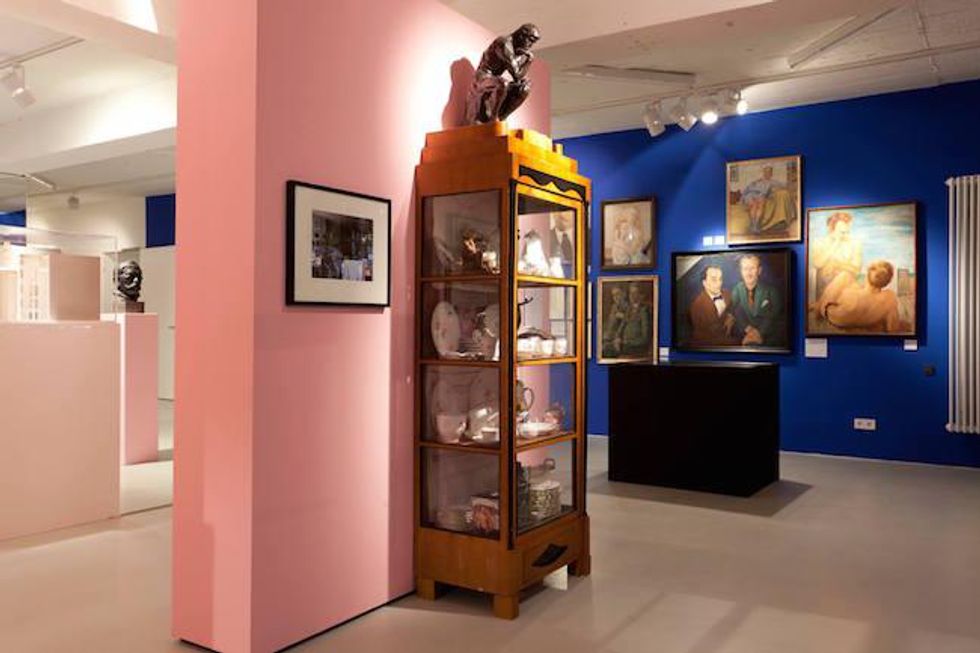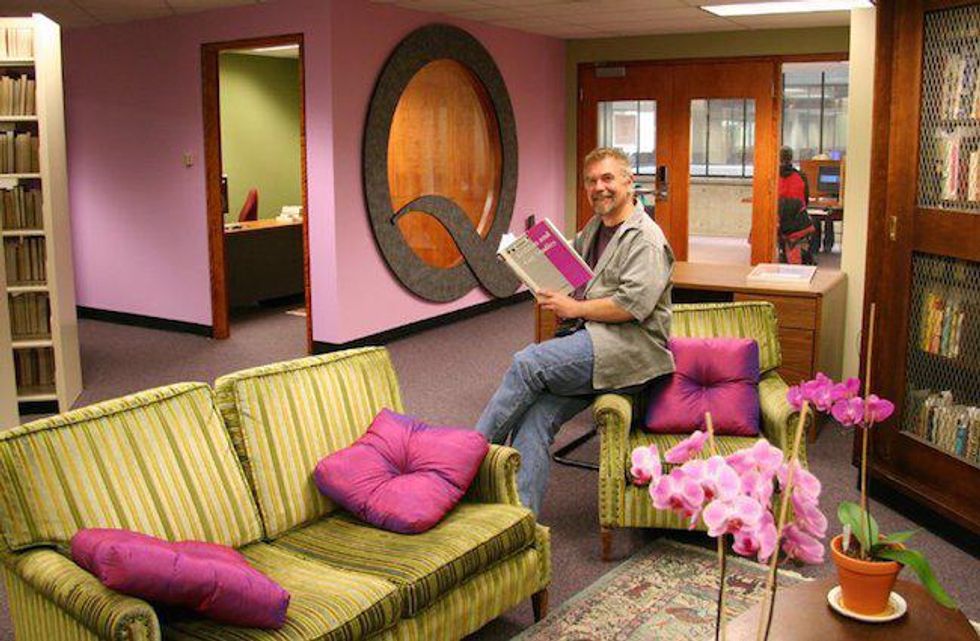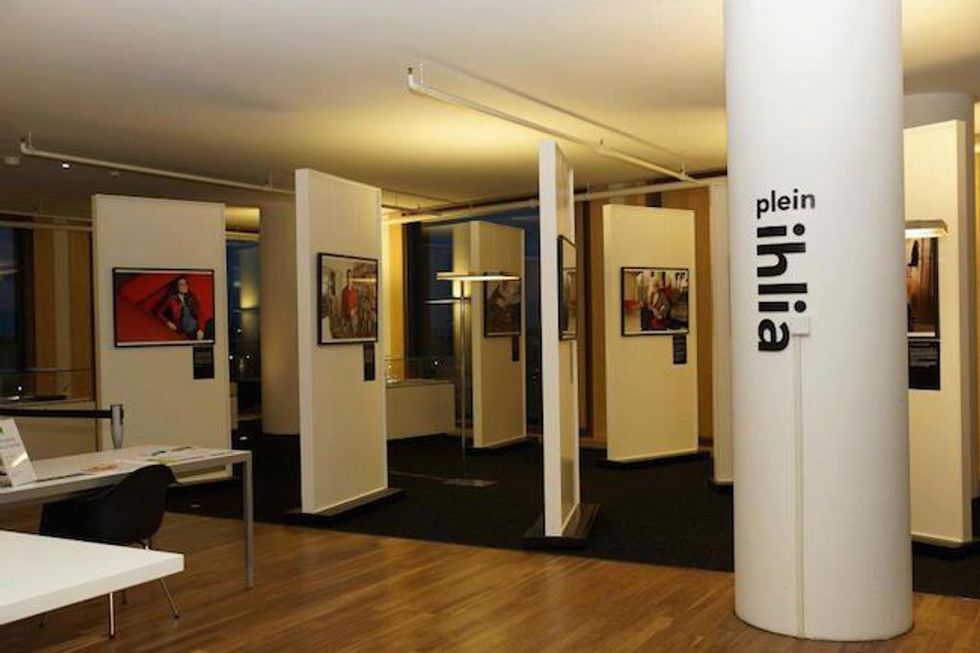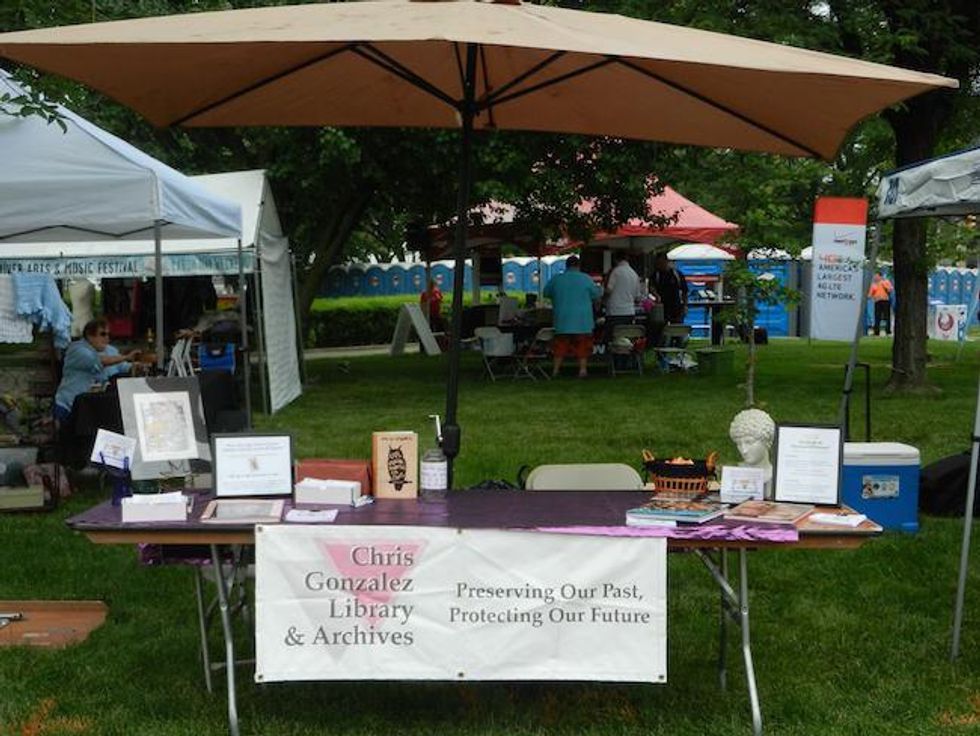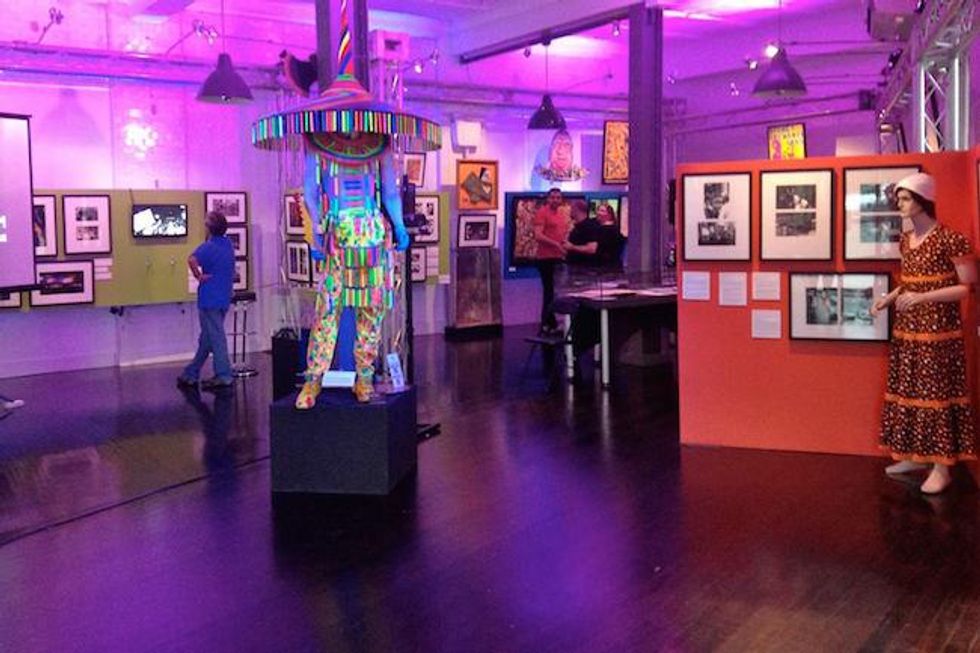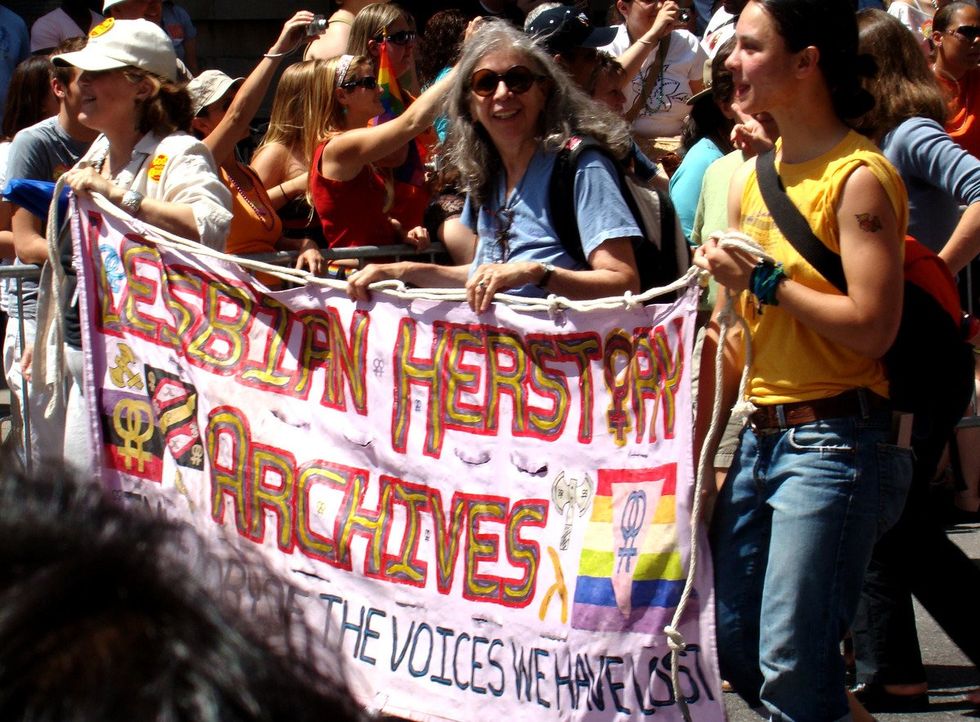A new study makes clear what we already knew to be an absolute truth: Male bisexuality exists.
J. Michael Bailey and his team at Northwestern University in Evanston, Ill., came to the conclusion after reviewing all available previously published physiological arousal data from eight studies conducted between 2000 and 2019 at four universities: Northwestern, the Center for Addiction and Mental Health in Toronto, the University of Essex in the United Kingdom, and Cornell University in Ithaca, N.Y.
The eight prior studies, which researchers combined in a meta-analysis, reviewed over 600 male participants with an average age of 29.
Researchers gauged sexual arousal with instruments that measured penile erection in response to male and female erotic stimuli. They confirmed that male sexual attraction and orientation encompasses a range, from straight to bisexual to gay.
The study supports Alfred Kinsey’s 1948 theory that sexuality exists on a continuum. The Kinsey Scale observes sexual orientation on a seven-point scale — 0 being totally straight and 6 being completely gay.
Bailey’s team noted that although 100 participants weren’t aroused by any of the erotic content — male or female — nearly 500 of them were. Those who identified as bisexual registered as 2, 3, and 4 on the Kinsey Scale.
In total, 178 of the men had previously described themselves as “exclusively heterosexual” while 102 said they were “mostly” straight; 139 described themselves as “exclusively homosexual” and 70 said they were “mostly” gay.
The remaining 117 identified as bisexual, though 46 of them leaned straight, 37 leaned gay, and 34 remained were purely bisexual.
It's important to note that the most equal bisexual response from the participants were found in men who rated themselves as Kinsey 2s, i.e. straight leaning, despite the vast majority of their arousal tests displaying at Kinsey 3. Researchers surmise that for social reasons, their presenting identities are more to the straight end of the scale.
A prior 2005 study, also co-led by Bailey, did not find evidence of bisexual arousal in men, which led to a controversial New York Times article called “Straight, Gay or Lying?” which basically insinuated that bisexuals were really gay people who were lying because they were ashamed of calling themselves gay.
However, another study was implemented in 2011 that confirmed the existence of bisexual arousal in men. The Times later reported on these studies, which validated the new findings.
"The current study found very strong and consistent evidence that bisexual men do in fact tend to have bisexual arousal patterns," Bailey noted, according to HealthDay News. "There is no longer reasonable doubt."
"There has long been a controversy whether men who identify as bisexual are actually bisexual. The bisexual men and many others believe that they are. However, some others — including some scientists and lay persons — have doubted this,” he said, clarifying that the reason behind that is the belief that men who claim to be bisexual "are actually either heterosexual or homosexual, and that their claim to be bisexual is based on self-misunderstanding, perhaps due to social pressure not to admit exclusive homosexuality."
Caitlin Ryan, director of the Family Acceptance Project at San Francisco State University, added that society doesn’t help navigate the conversation around male bisexuality.
"People who identify as bisexual — especially men — are often viewed with suspicion, and this includes a perception that they won't commit to being gay," she said. "They are often discriminated against and stigmatized."
“People who are purely straight or purely gay can tend to generalize their own experience and think all other people must be just one or the other,” added John Sylla, one of the 13 authors of the latest study and president of the American Institute of Bisexuality. “But the Kinsey Scale is valid, and there are bisexually aroused men and women, even if for different reasons they choose to pass as just straight or gay.”
Sylla continued, “Our results paint a powerful picture of male sexual orientation having gradients and nuance. Although I don’t think that bisexual men need research like this to validate or justify their lived experience to others, I’m hopeful that findings such as ours will continue to help the public see the many shades of gray that exist in human sexuality.”
These results are not stating that bisexual men are equally attracted to both men and women, Bailey notes, but rather showing that bisexual men were more aroused by men than straight men, more aroused by women than gay men, and equally attracted to both genders to a greater extent than either straight or gay men.
“Our results suggest that even most men who say they are equally attracted to men and women have some preference for one or the other sex," he said.
The study was published Monday in Proceedings of the National Academy of Sciences.


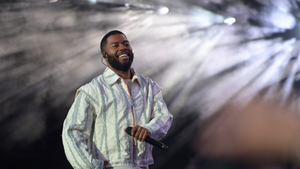



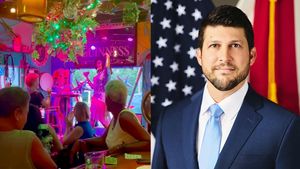


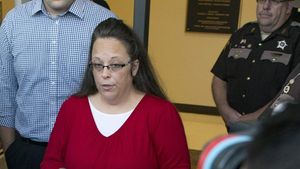


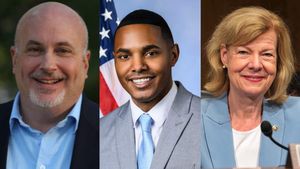

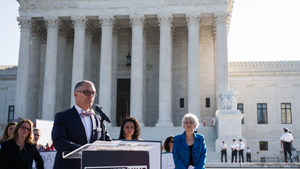
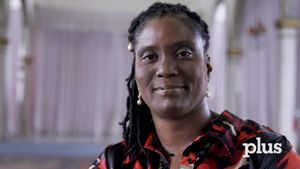

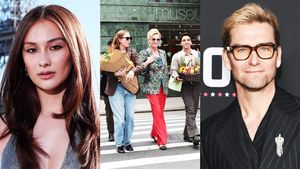
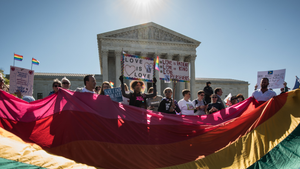

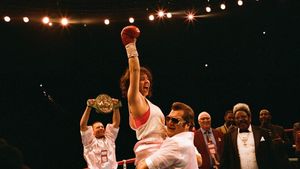




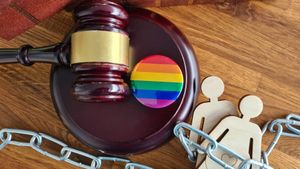




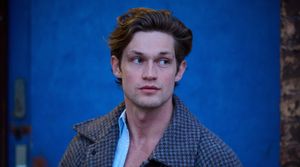
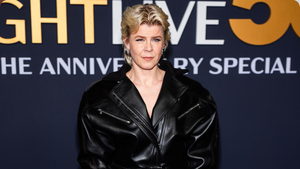
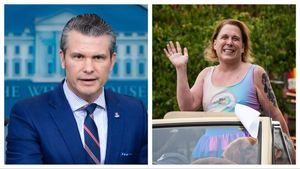

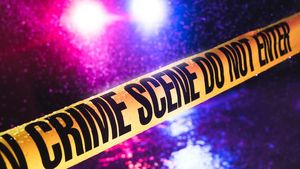

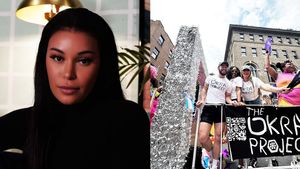







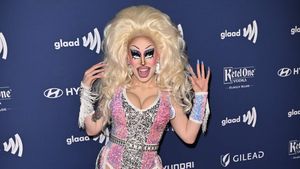






 35 bisexual pop anthems we have on constant repeatYouTube.com/Binoy
35 bisexual pop anthems we have on constant repeatYouTube.com/Binoy






